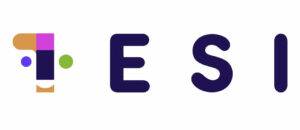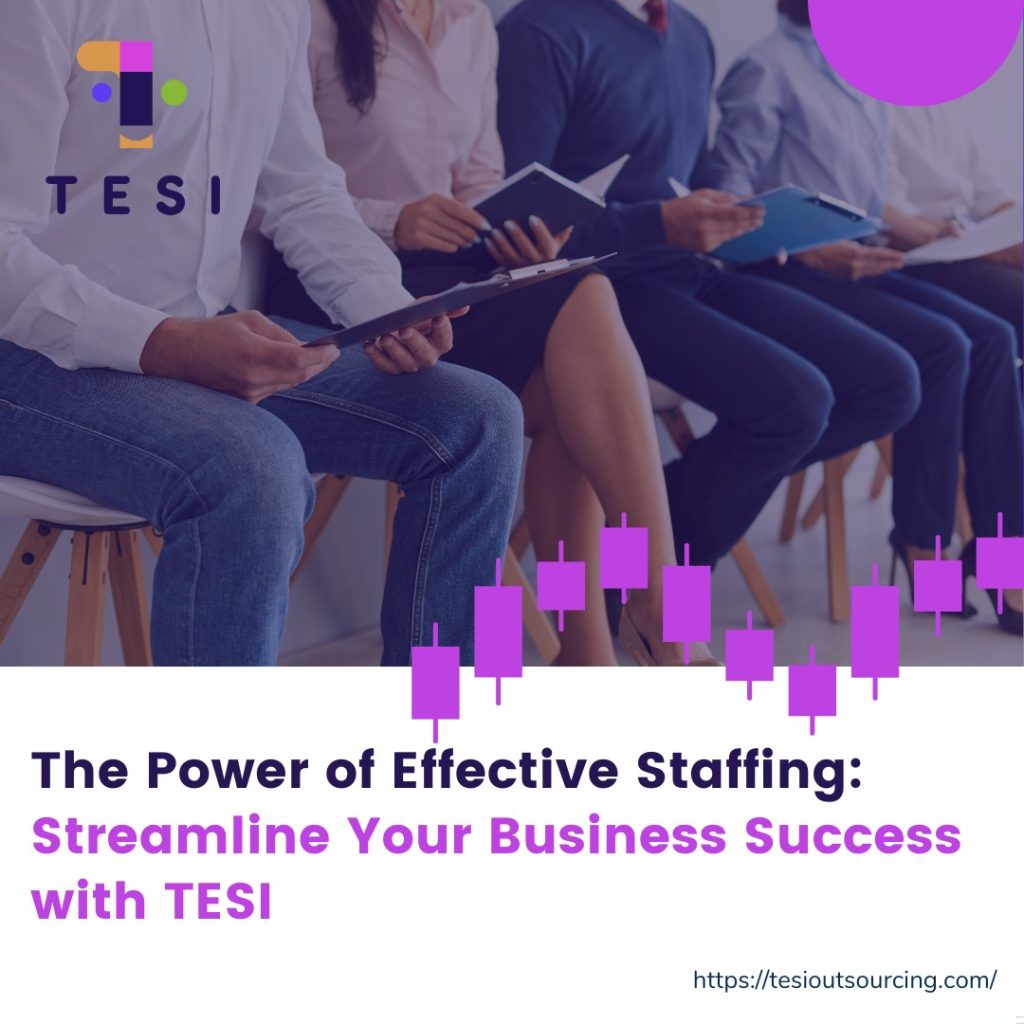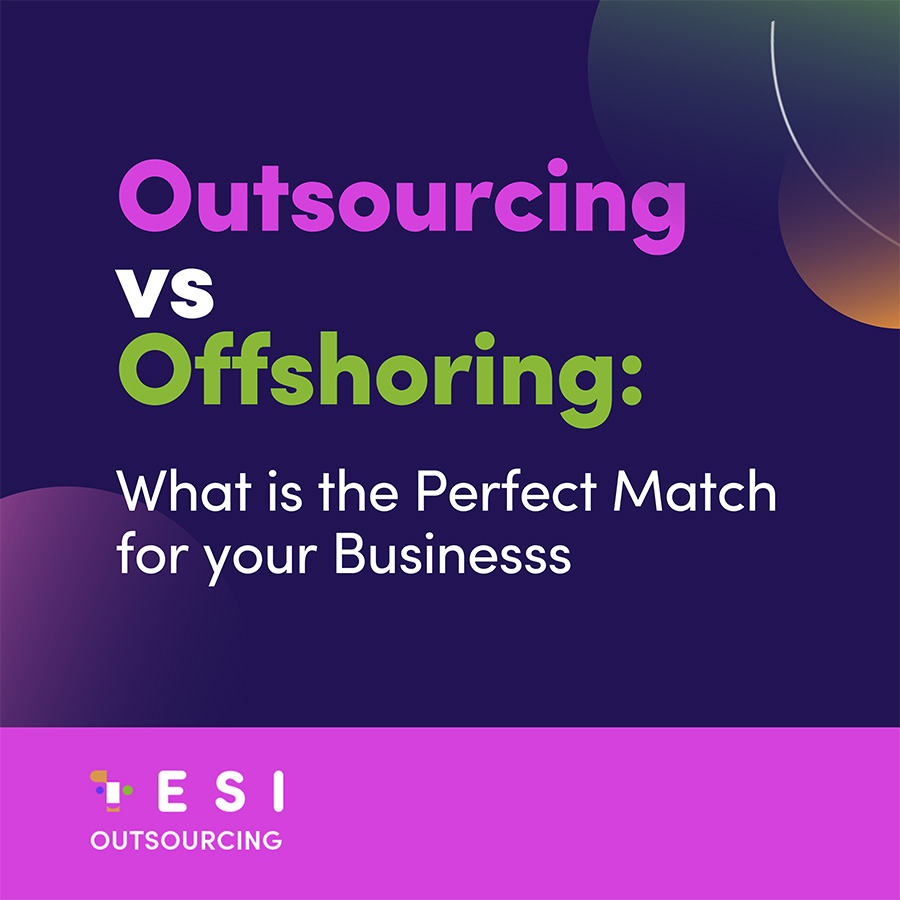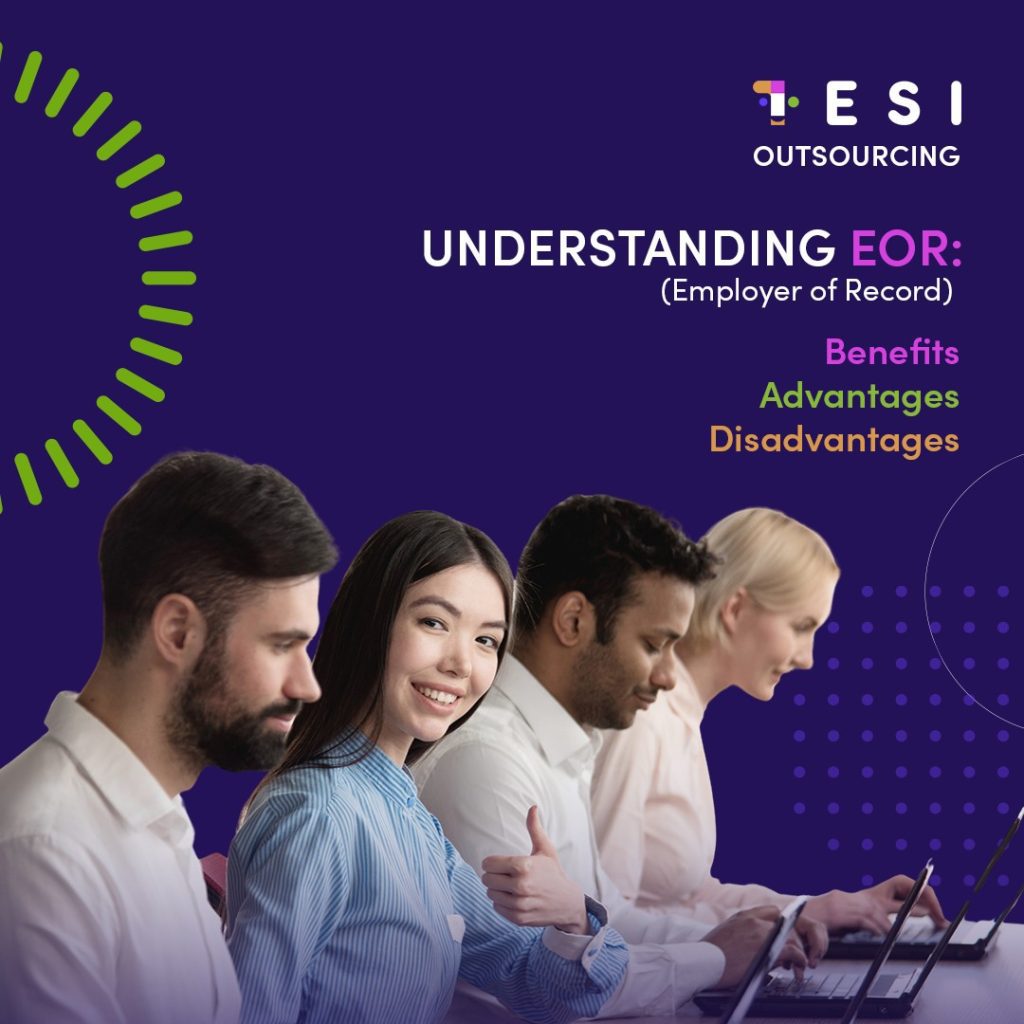Unlock your business’s potential and achieve long-term success with TESI ITO‘s Strategic Talent Acquisition methodology. By carefully identifying and selecting individuals who align with your company’s goals and values, you can cultivate a high-performing team that thrives, innovates, and adapts to market dynamics, establishing a foundation for sustainable growth and gaining a competitive edge.
Table of Contents
- Introduction: The Power of Strategic Talent Acquisition
- Understanding Strategic Talent Acquisition
- Identifying Business Goals and Values
- Job Analysis and Requirements
- Effective Recruitment Strategies
- Screening and Selection Process
- Onboarding and Integration
- Continuous Development and Retention
- Adapting to Market Dynamics
- Measuring Success
- Conclusion
- Frequently Asked Questions (FAQs)
Introduction: The Power of Strategic Talent Acquisition
The Power of Strategic Acquisition. In today’s rapidly evolving business landscape, attracting and retaining top talent is essential for organizations seeking to thrive and succeed. Strategic Talent Acquisition goes beyond traditional recruitment approaches by focusing on aligning the right individuals with the right roles within your company. It involves a comprehensive process that starts with identifying your business goals and values and extends throughout the entire employee lifecycle, from recruitment to retention.
Understanding Strategic Talent Acquisition
Understanding Strategic Talent Acquisition. Strategic Talent Acquisition is a proactive approach to talent management that aims to create a competitive advantage for your organization. It involves strategic workforce planning, which ensures that your talent acquisition efforts are aligned with your long-term business objectives. By understanding the critical skills and competencies needed for success in each role, you can attract and hire individuals who possess the right blend of experience, knowledge, and cultural fit.
Identifying Business Goals and Values
Identifying Business Goals and Values. The first step in Strategic Talent Acquisition is to clearly define your organization’s business goals and values. This requires a thorough understanding of your company’s mission, vision, and strategic objectives. By identifying these key elements, you can develop a talent acquisition strategy that aligns with your overall organizational strategy. It enables you to attract individuals who share your company’s vision and values, fostering a sense of purpose and commitment among your workforce.
Job Analysis and Requirements
Job Analysis and Requirements. To ensure the right people are in the right roles, conducting a comprehensive job analysis is crucial. This involves identifying the specific tasks, responsibilities, and qualifications required for each position. By creating detailed job descriptions and defining key performance indicators, you can effectively communicate the expectations for each role and attract candidates who possess the necessary skills and competencies.
Effective Recruitment Strategies
Effective Recruitment Strategies. Once you have a clear understanding of the job requirements, it’s time to implement effective recruitment strategies. This may involve utilizing various channels such as online job portals, social media platforms, and professional networks to reach a wide pool of potential candidates. Additionally, leveraging employer branding and showcasing your company’s unique culture and values can help attract top talent who resonate with your organizational ethos.
Screening and Selection Process
Screening and Selection Process. The screening and selection process is a critical phase of Strategic Talent Acquisition. It involves evaluating candidates based on their qualifications, skills, experience, and cultural fit. Implementing pre-employment assessments, interviews, and reference checks can help identify individuals who align with your company’s values and possess the competencies required for success in the role. By ensuring a rigorous and structured selection process, you increase the likelihood of making informed hiring decisions.
Onboarding and Integration
Onboarding and Integration. Once you have selected the right candidates, onboarding and integration play a crucial role in their long-term success within your organization. An effective onboarding program helps new employees acclimate to your company’s culture, values, and processes. It provides them with the necessary tools, resources, and support to hit the ground running. By fostering a positive onboarding experience, you can enhance employee engagement and retention, ultimately contributing to the overall success of your talent acquisition efforts.
Continuous Development and Retention
Continuous Development and Retention. Strategic Talent Acquisition is not limited to recruitment; it extends to continuous development and retention of your workforce. Providing ongoing learning and development opportunities allows your employees to acquire new skills, stay engaged, and contribute to the growth of your organization. Additionally, implementing performance management systems, recognizing achievements, and offering competitive compensation and benefits can help retain top talent, reducing turnover and maintaining a high-performing workforce.
Adapting to Market Dynamics
Adapting to Market Dynamics. In today’s fast-paced business environment, market dynamics are constantly evolving. Strategic Talent Acquisition enables your organization to stay ahead by adapting to these changes effectively. By regularly assessing your talent needs, identifying skill gaps, and proactively sourcing talent, you can ensure that your workforce remains agile and capable of meeting future challenges. This flexibility and adaptability become instrumental in maintaining a competitive edge in the market.
Measuring Success
Measuring Success. To gauge the effectiveness of your Strategic Talent Acquisition efforts, it’s crucial to establish key performance indicators (KPIs) and regularly measure progress. This may include metrics such as time-to-fill, quality of hire, employee engagement, retention rates, and overall organizational performance. By monitoring these metrics, you can identify areas for improvement, make data-driven decisions, and continuously refine your talent acquisition strategy.
Conclusion
Strategic Talent Acquisition is a powerful methodology that empowers businesses to build high-performing teams, fuel innovation, and achieve sustainable growth. By strategically aligning your talent acquisition efforts with your organization’s goals and values, you can attract, select, and retain individuals who contribute to your company’s success. Remember, investing in the right people for the right roles is an investment in your future.
Frequently Asked Questions (FAQs)
1. How can Strategic Talent Acquisition benefit my organization?
It can benefit your organization by ensuring that you have the right people in the right roles. This, in turn, leads to increased productivity, higher employee engagement, and improved overall performance.
2. What is the role of employer branding in Strategic Talent Acquisition?
Employer branding plays a crucial role in attracting top talent. It helps communicate your company’s culture, values, and unique selling propositions, making your organization an attractive choice for potential candidates.
3. How can I measure the success of my talent acquisition efforts?
Measuring the success of your talent acquisition efforts involves tracking key metrics such as time-to-fill, quality of hire, employee retention rates, and overall organizational performance. These metrics provide valuable insights into the effectiveness of your strategies.
4. Is Strategic Talent Acquisition only relevant for large organizations?
No, it is beneficial for organizations of all sizes. Regardless of your company’s scale, attracting and retaining the right talent is essential for success and growth.
5. How often should I review and update my talent acquisition strategy?
It’s recommended to review and update your talent acquisition strategy regularly, especially in response to market changes and evolving business needs. Staying proactive and adaptable ensures your strategy remains effective in meeting your organization’s talent requirements.
Partner with TESI today!



